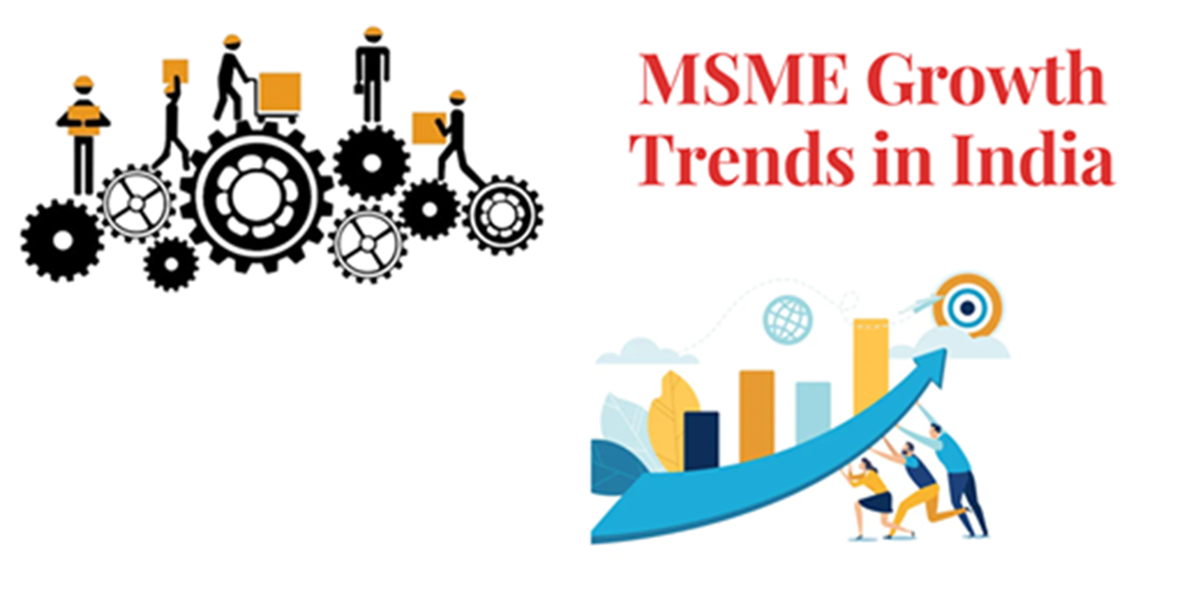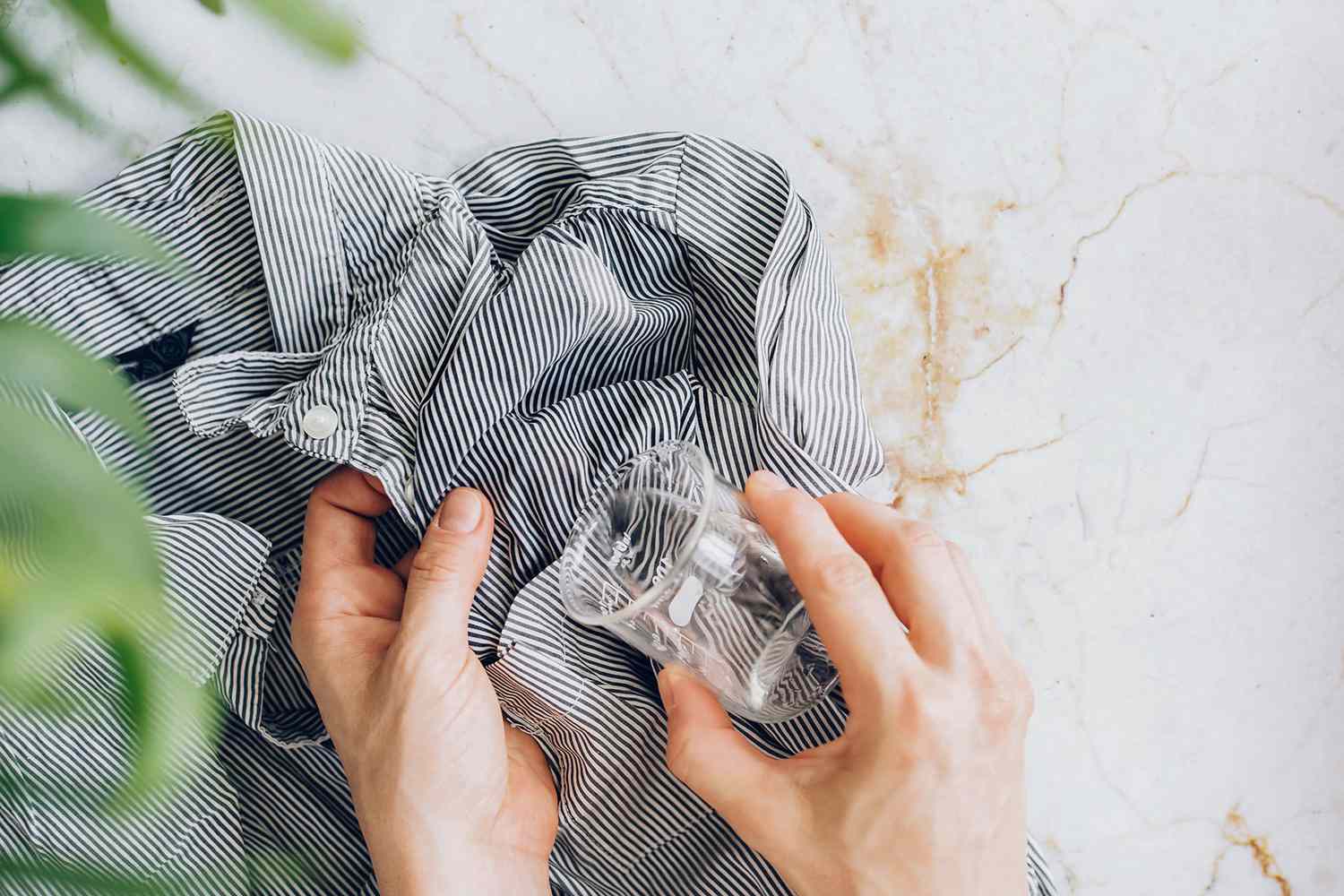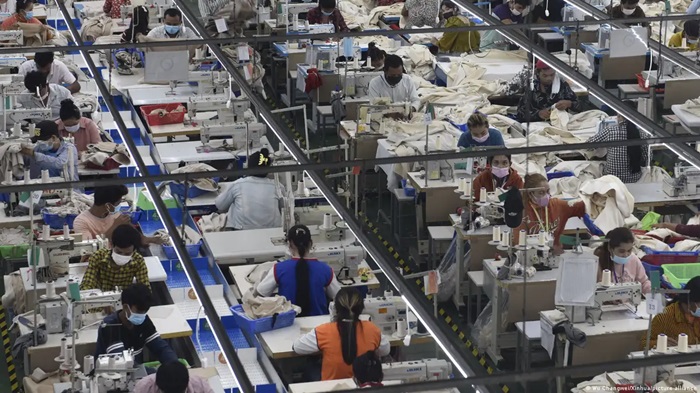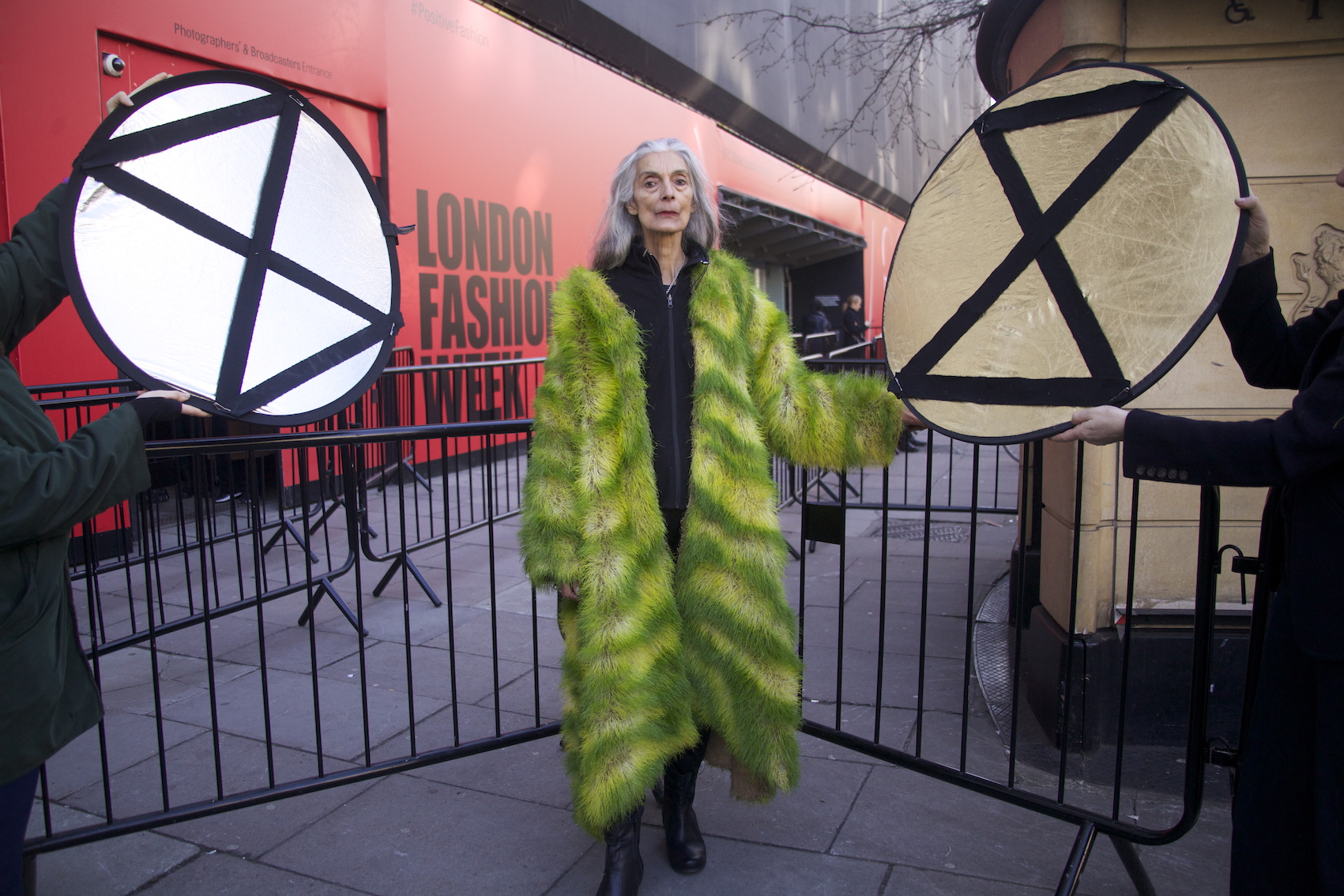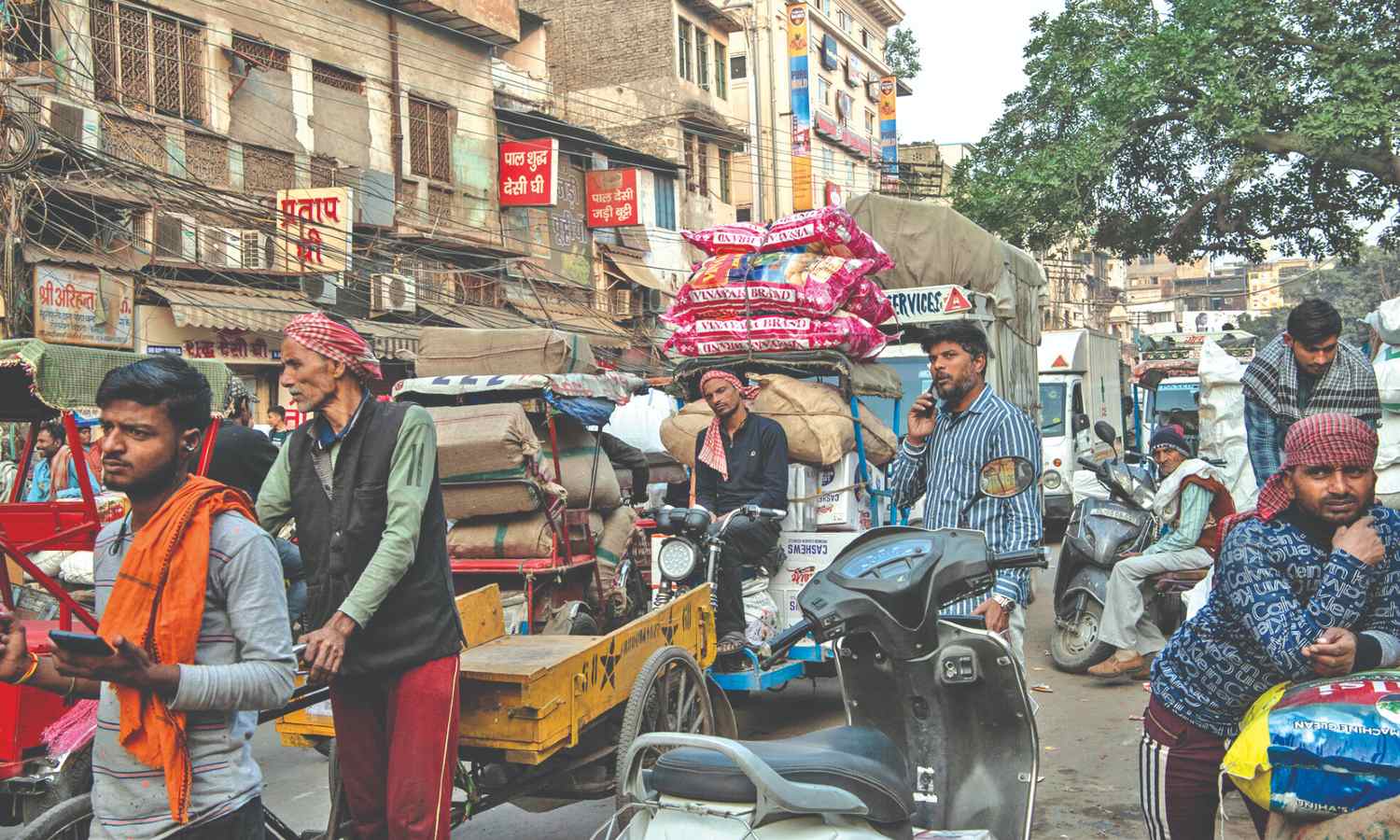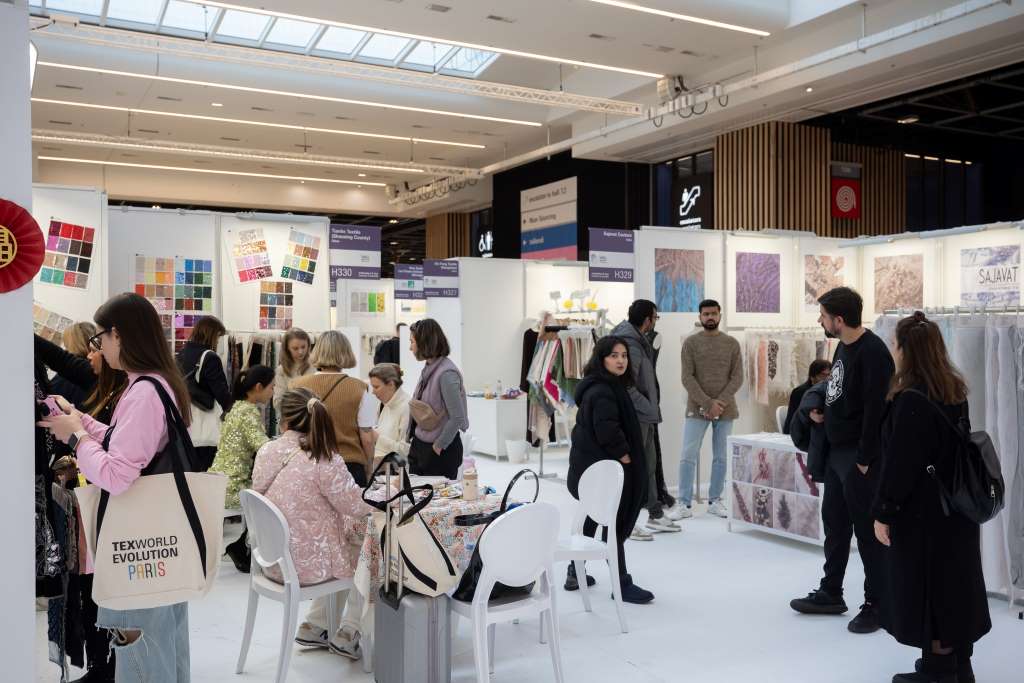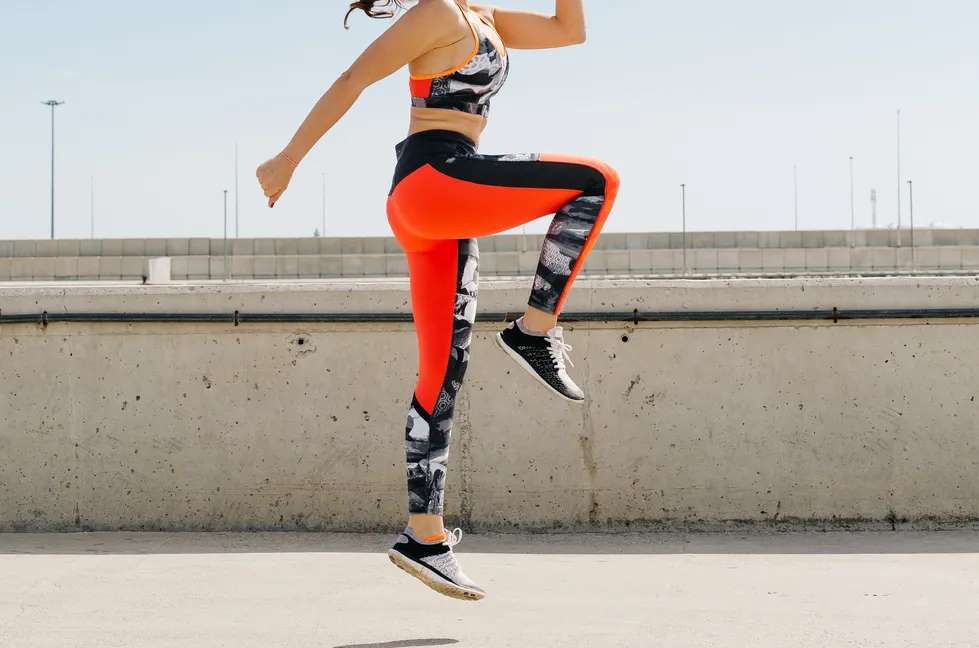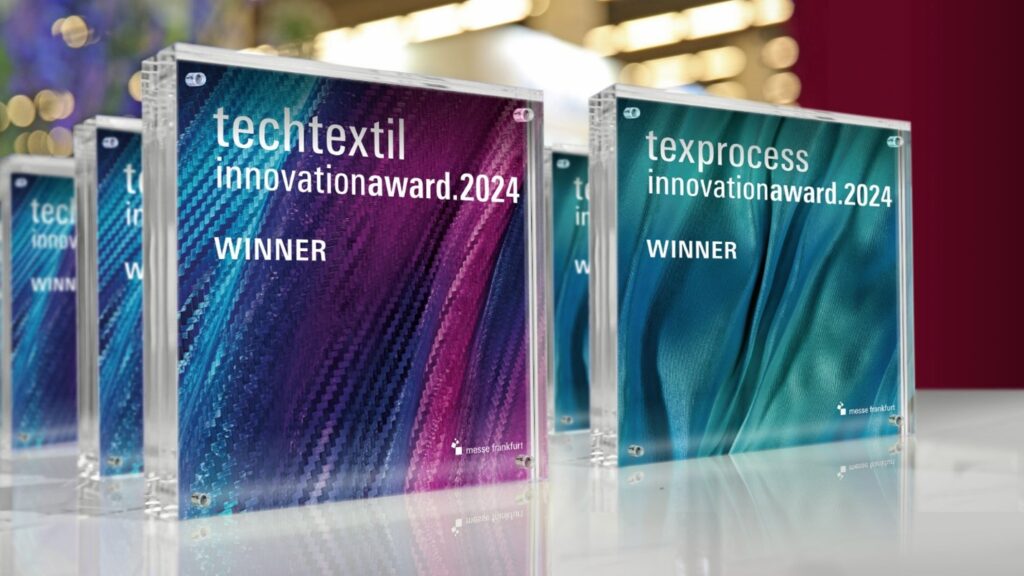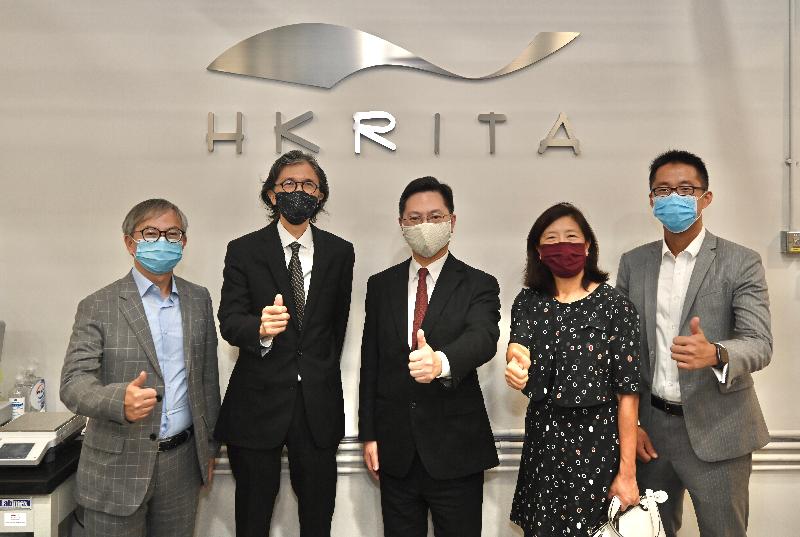FW
One of the world’s major denim fabric production hubs, Turkey’s exports of denim fabrics makes up 9 per cent from the country’s exports of textile products. Its share among the world exports of denim fabrics is, however, around 9 per cent reveals Turkish Statistical Institute (TUIK) figures. Turkey exported around $378.3 million worth of denim in 2015 and in 2016 it exported $393.6 million worth of denims. In 2017, this number decreased by 6.4 per cent and amounted to $368.5 million.
Turkey exports denim fabrics mainly to North Africa, Europe and the Far East. Tunisia, Egypt, Italy, Morocco and Bangladesh are the five major markets. In 2017, Turkey exported $52 million worth of denim fabrics to Tunisia. The same year, exports to Egypt were $47.4 million. Exports to the third biggest market – Italy – wa $40 million. These three countries share around 38 per cent in Turkey's exports of denim fabrics.
President Donald Trump defended the tariffs that have inflamed US tensions with China and Europe. He believes these duties were working well and imported goods should either be taxed or they should be made in the US. He also suggested duties enable US to pay down considerable amounts of the $21trillion debt that has been accumulated while reducing taxes for Americans.
The Congressional Budget Office predicts that the cuts, when combined with new federal spending, will push the US budget deficit to $1 trillion in 2020. That’s forced the US Treasury to lift note and bond sales to levels last seen in the aftermath of the recession that ended in 2009. Stating that the tariffs have had a tremendous impact on the US steel industry, Trump expressed his desire to open six or seven new steel mills.
For the second quarter, Oerlikon’s order intake increased year-on-year by 26.8 per cent while sales went up by 36.6 per cent. Ebitda for the second quarter corresponded to a margin of 17.1 per cent. Ebit was 10.8 per cent of sales. The second quarter performance resulted in an improved rolling 12-month return on capital employed of 10.7 per cent. In the first half of 2018, the group’s order intake increased year-on-year by 35.4 per cent while sales came in 38.5 per cent higher than the prior year.
With top-line increase, ebitda for the half year corresponded to a margin of 16.4 per cent. Ebit was 10.1 per cent of sales. Net income for the first half of the year increased significantly by 136.2 per cent year-on-year. In the first six months of 2018, Oerlikon’s service business contributed to 39 per cent of total group sales. Based on the strong set of results in the first half of 2018, Oerlikon is confident it will be able to sustain growth and is thus raising its outlook for the year.
For the full year 2018 continued operations, group ebitda margin is expected to exceed 15.5 per cent after accounting for increased operating expenses from higher investments.
Morocco Fashion and Tex will be held March 28 to 31, 2019. This is a fashion, textile and accessories fair, a platform for exchange not only at the national level but also on an international scale. The last edition was attended by over 350 exhibitors from Morocco, Turkey, China, Pakistan, Taiwan, Portugal, Germany. Also it witnessed about 15,000 trade visitors from Morocco, West Africa, North Africa, the Middle East, the Gulf and Europe.
This platform enables national and international companies from different industrial sectors to show and promote their skills, to meet partners and to discover the new trends and techniques of the sector. The fair contributes to the development of Moroccan expertise in textile sector by consolidating Morocco's competitiveness and making the country an international reference and an African regional hub of the sector.
The event is an unique opportunity for fashion, textile, accessories, ready-to-wear professionals, importers, exporters, manufacturers and distributors to weave B2B relationships in this sector which is in constant evolution. Moroccan fabric imports are exempt from tax. This accelerates the export of ready-to-wear. Exhibits will include: textiles, leather clothing, nightwear, shoes, bags, cosmetics, yarn, wool, knitted fabric, women’s and men’s clothing, denim, lingerie, sportswear, children’s clothing, accessories and more.
Monfort, the number one supplier of finishing ranges to the global denim industry, has come up with the latest Monfort Eco Line. It’s already being used by several leading manufacturers in both Asia and South America. The potential of Industry 4.0, in combination with the drive to reduce waste and minimise raw materials use, has led to some significant new developments by Monforts. The Qualitex 800 control system, along with the Web-UI app, allows remote visualisation of Monforts technologies via smart phones and tablet devices. Qualitex 800 has all the intuitive features operators will be familiar with from touchscreen devices. It makes navigation extremely easy for operators, cutting down the time required for becoming familiar with a new system and allowing complete control of all machine parameters.
Resource efficiency is addressed via the latest technologies such as the company’s Eco Line for denim, based on two key technology advances – Eco Applicator for minimum application of the selected finishing chemicals and ThermoStretch.
As an alternative to conventional padding, especially for wet-in-wet solutions, the Monforts Eco Applicator can significantly reduce the amount of finishing chemicals required prior to the stretching and skewing of the denim fabric. The Eco Applicator significantly reduces energy costs.
The Monforts ThermoStretch unit meanwhile carries out the skewing (weft straightening), stretching and drying in a continuous process. Monforts offers completely integrated coating lines from a single source. Its latest coating heads are being tailored to drying technology for maximum benefits.
India has raised import duty on 328 lines of textile products from 10 to 20 per cent. The increase in customs duties would provide much needed edge to local manufacturers as imported products currently are much cheaper than the ones locally manufactured. This step would ensure nearly 10.5 crore people receive employment as an increase in manufacturing activity will help create jobs in the sector.
The revised duties will help boost domestic manufacturing but least developed countries including Bangladesh will continue to enjoy duty free access to Indian markets. Bangladesh is the largest supplier of most of the goods on which duties are doubled. Due to the high incidence of levies and duties, manmade fiber costs 20 per cent to 30 per cent more as against cheap imports from countries such as China.
Earlier in July, import duty on over 50 textile products including jackets, suits and carpets was doubled. The step was seen as a move aimed at promoting domestic manufacturing. Through a notification, the Central Board of Indirect Taxes and Customs had hiked import duties as well as raised the ad valorem rate for certain items.
NPD Group’s 2017 report shows, athleisure has become a $44 billion industry. Encompassing sneakers, outerwear, and even dress shirts and blazers, the athleisure trend has successfully gone global. In 2016, for instance, Britons spent a whopping £5.1 billion on athleisure products alone.
Popular athleisure brands were included in the 2017 list of ‘Top 10 Sports Brands in the World here on Textile Focus’. Leading the way were Nike and Adidas. Nike was able to offer an impressive catalogue of stylish tracksuits, sweatpants, and similar clothing that utilise a variety of technologies to ensure maximum comfort. In 2018, the brand continues to manufacture more chic yet comfortable clothes for women. It also strengthenes its sneaker line with its Lunar Epic line, the Flex RN series, and the Air Max Kantara and Sequent collections.
Adidas, on the other hand, is focusing on shoes. The brand has launched three types of shows including the company’s classic three-stripe Superstar and Tubular Shadow sneakers. The Kanye West-Adidas collaboration, in particular, has paved the way for the ultra successfulYeezy line, whose releases continue to be some of the most sought after sneakers in the global market.
In apparels, Adidas is planning to consolidate on the success of Adidas Athletics, which was created by the German sportswear company in 2016. Touted as a direct competitor to Nike’s successful premium Sportswear line, Adidas Athletics seamlessly combines style and performance.
Over 180 global apparel brands have warned the Bangladeshi government that any premature shutdown of the Accord might lead them to reconsider the nation as a sourcing destination. Over 220 brands, currently sourcing apparel products from the country, have already signed the 2018 Transition Accord on Fire and Building Safety in Bangladesh
The Bangladesh government implements a sustainable and adequate national regulatory structure to regulate workplace safety in its garment industry. Acknowledging progress on safety compliance, compact partners stressed that the remediation coordination cell (RCC) is at its earliest stages of development.
The government has recommended that the Accord needs to continue its operations in Bangladesh until the RCC is ready. In the last five years, the Accord has delivered a robust, high-quality, transparent and inclusive system. It has made substantial progress to achieve the safety of workers in Bangladesh’s most important export industry, but the national structure is not prepared yet to credibly take over the work of the Accord.
That foreign investors are pouring their capital into Vietnam will definitely help develop the local textile and garment industry. However, there are fears about projects in this category, especially those involving the dyeing phase. Impact on the environment is one concern.
So far, the bulk of foreign direct investments in the textile and garment industry are in the fields of fiber manufacturing, garment and accessories. The dyeing sector accounts for only around nine per cent of the total investment. Since the dyeing process may cause environmental pollution, one way is to license only projects that have decent water-treatment systems. High standards should be applicable to wastewater like water-treatment systems. Priority should be given to dyeing projects that bring in modern technology in wastewater treatment.
Aside from environmental pollution, some localities are also afraid of textile and garment projects because they are labor-intensive ones which require large armies of migrant workers. A larger populace of migrant work force would also mean there must be more schools, health care facilities, accommodation and a larger force in charge of security issues. Propelled by bilateral and multilateral FTAs signed recently, Vietnam is now emerging as one of the top spots in the world for investors in the garment and textile industry.
Pakistan’s exports to Canada are up 4.6 per cent. Textiles, leather and food products account for 74 per cent of Pakistan’s exports to Canada. Non-textile exports are also growing. Canada is mulling a preferential trade partner status for Pakistan to encourage exports from developing economies under preferential tariffs.
Inclusion in the program would boost Pakistan’s exports to Canada. It aims at assisting developing countries and their small and medium enterprises take advantage of new export opportunities created by free and preferential trade agreements with Canada. The program places an emphasis on initiatives that will help ensure that free and preferential trade access to Canada will ultimately contribute to job growth and poverty reduction in developing countries, and those which also address gender inequality or environmental concerns in doing so.
The priorities for the bilateral international assistance program are based on Pakistan’s development priorities and Canada’s comparative advantage in line with its feminist international assistance policy. Canada’s development assistance to Pakistan also includes multilateral, partnership and humanitarian programming. Additionally, project funding in Pakistan has come from the International Development Research Centre. The Canada fund for local initiatives provide direct funding assistance for small projects to local non-government organisations and, in exceptional cases, international NGOs and government institutions.

